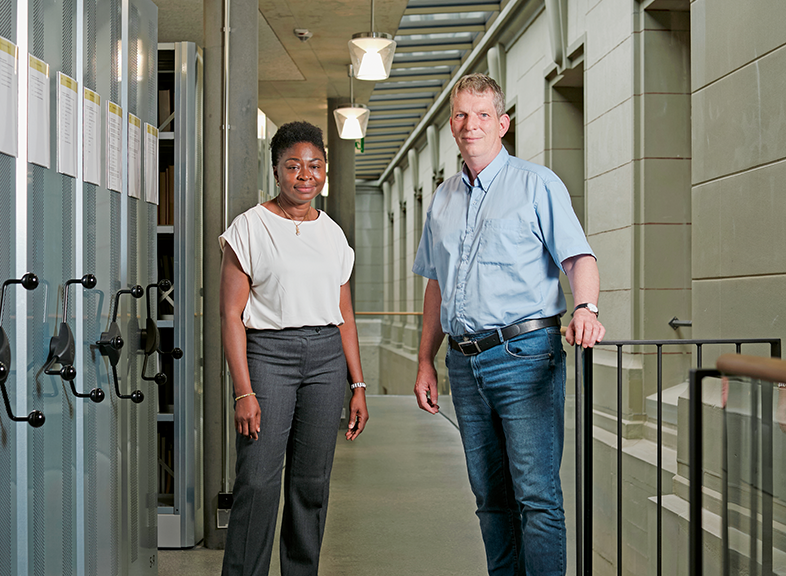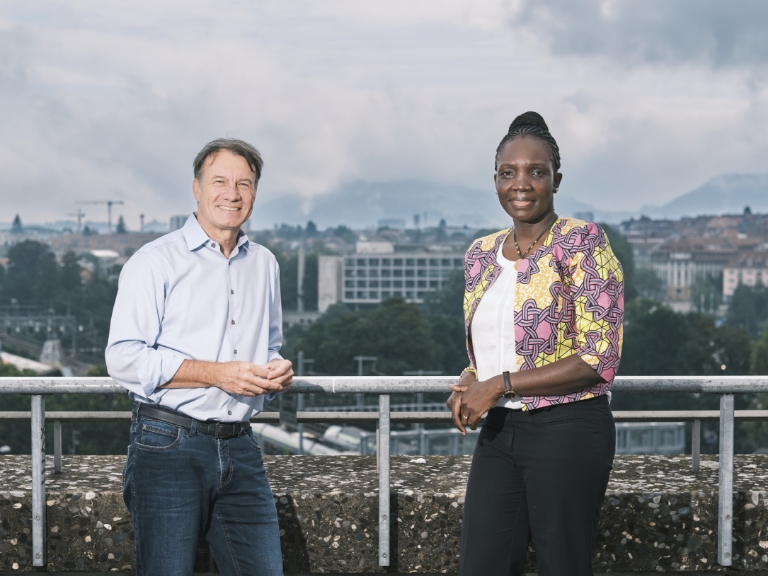Wyss Academy for Nature
Solutions for people and nature in Kenya
The Wyss Academy for Nature works on four continents with local communities, politics, business and science to improve the precarious relationship between humans and nature. Three examples from Kenya show how such “living labs” work.
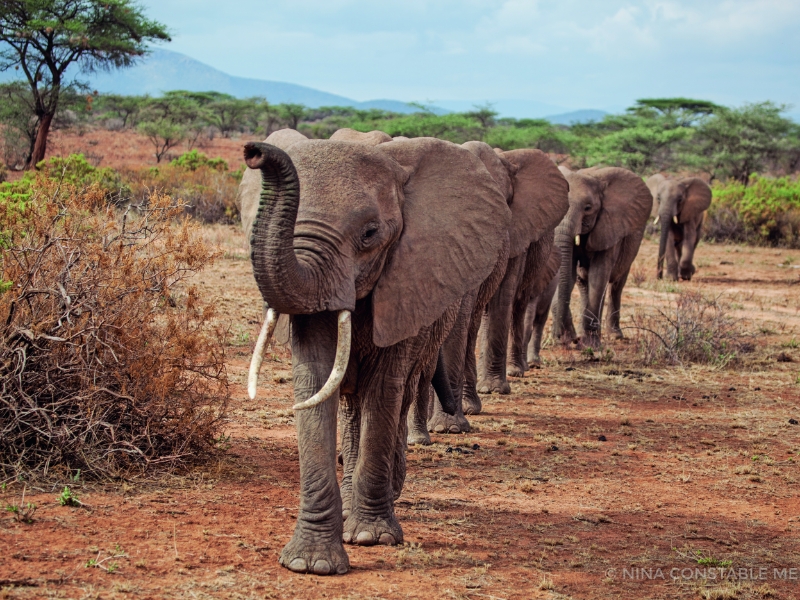
Secure elephant corridors
Animals are endangered wherever human settlements start to spread. The town of Oldonyiro in Kenya is growing rapidly, taking possession of the surrounding land, cultivating it and fencing it off. This restricts the migration of elephants between nature reserves. With the help of the Wyss Academy for Nature, Save the Elephant and Northern Rangelands Trust, the Isiolo county government is in advanced stages of developing and implementing a comprehensive urban planning concept for Oldonyiro to secure corridors that allow elephants to move freely.
Subscribe to the uniAKTUELL newsletter

Discover stories about the research at the University of Bern and the people behind it.
Mushrooms on elephant droppings
The meat-heavy diet of the pastoralists in Naibunga Community Conservancy, a semi-arid nature reserve in Laikipia County, Kenya, could come under pressure in the future. As a result of climate change, livestock numbers are shrinking and, as a result, food reserves and the income base of the community are dwindling, which is why the community is looking for alternatives. The conservation biologist Antony Wandera developed the idea of growing oyster mushrooms on readily available elephant droppings. When he joined the Wyss Academy, he was able to implement his idea together with the National Museums of Kenya, and the Green Earth Warriors, a community based organization.
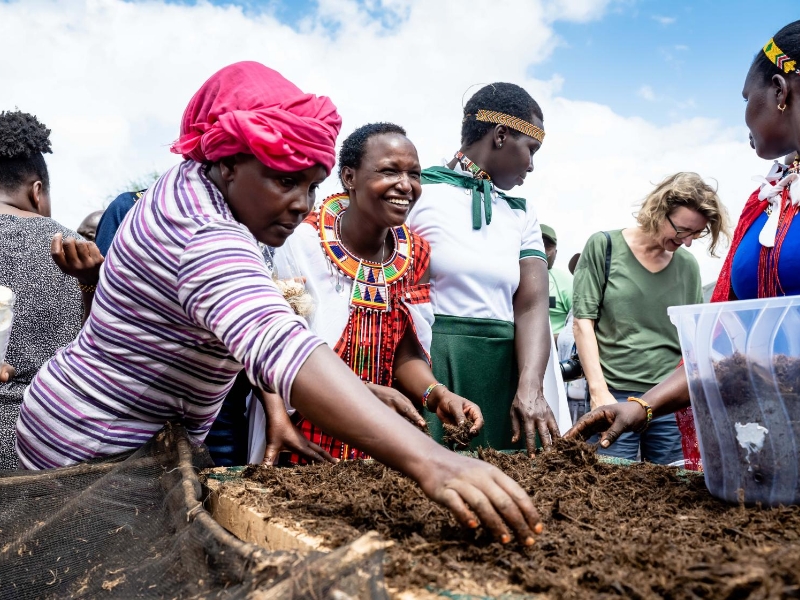
The project empowers women in particular, whose position is strengthened as a result. The aim is not only to improve food security, but also to generate income. For example, the community has purchased a solar mushroom dryer in order to preserve and sell surplus stock.
Greener country
With 50,000 semi-circular bunds holding back water, the semi-arid landscape of Naibunga Community Conservancy in Laikipia County has become greener. Together with the local people and the Dutch NGO “Justdiggit”, the Wyss Academy aims to dig 100,000 such drainage basins. These transform hard, dry soil into fertile soil and also minimize soil erosion. Within just nine months, clear differences were detected on satellite images. Even elephants had come closer to the previously dried-up area. The Wyss Academy wants to expand the project and thus transform other areas in the region.
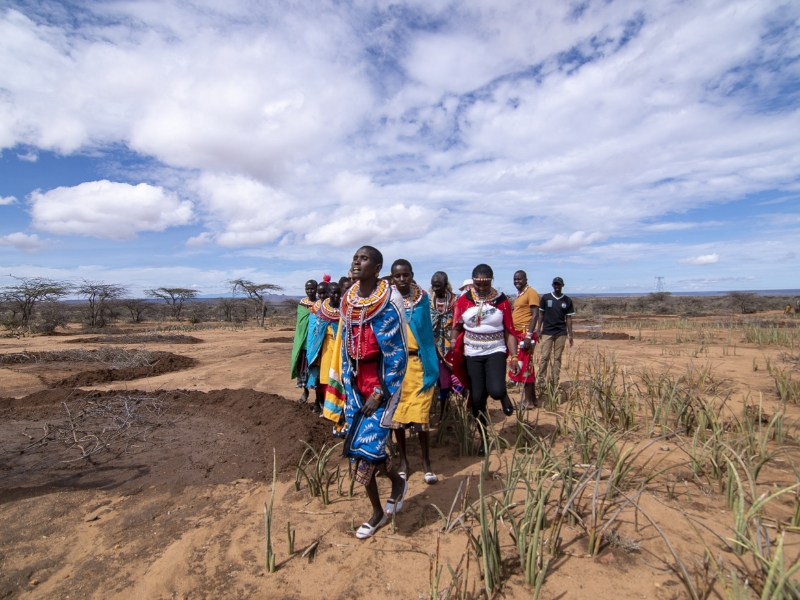
Magazine uniFOKUS

Africa
This article first appeared in uniFOKUS, the University of Bern print magazine. Four times a year, uniFOKUS focuses on one specialist area from different points of view. Current focus topic: Africa
Subscribe to uniFOKUS magazine